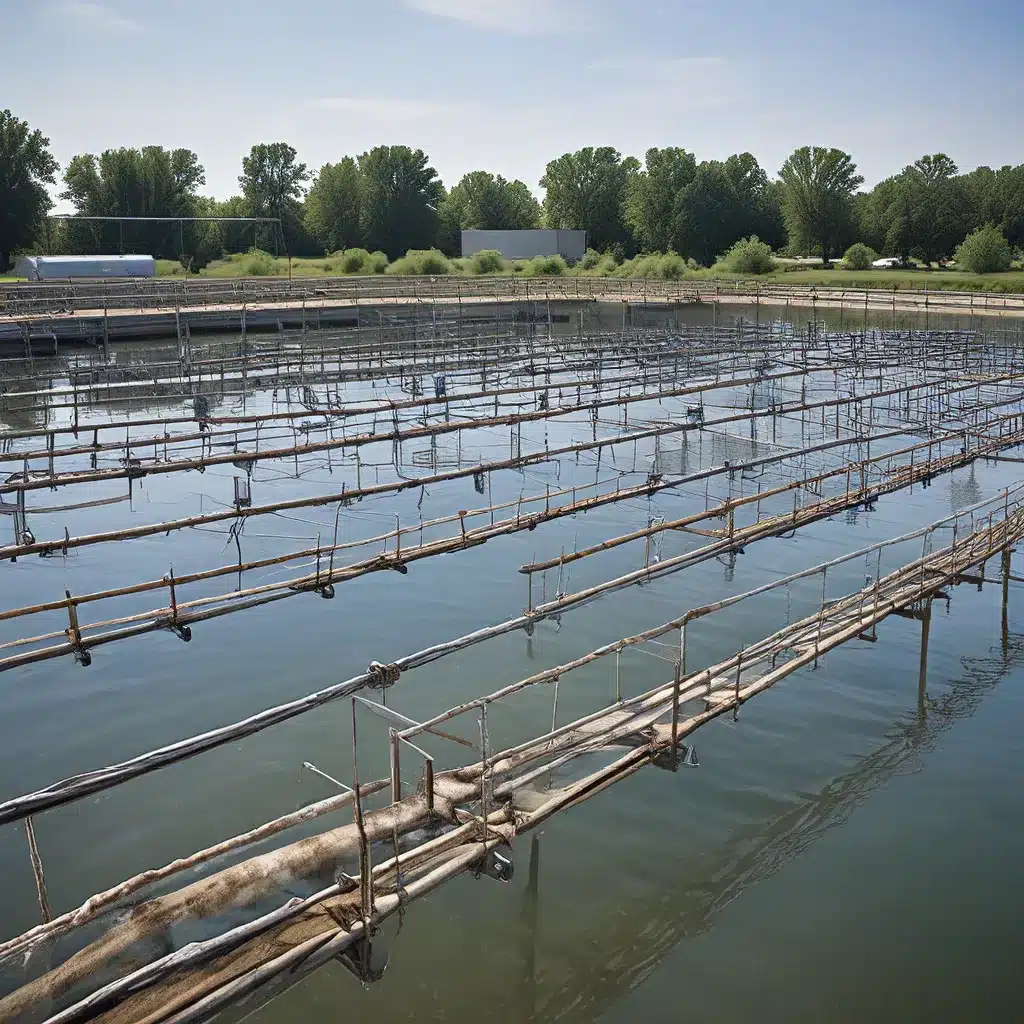
As an environmental enthusiast and someone who has always been fascinated by the intricate dance between nature and technology, I’ve long been intrigued by the challenges and opportunities surrounding sustainable water treatment. It’s a topic that sits at the intersection of pressing environmental imperatives and complex regulatory frameworks – a delicate balance that requires innovative thinking, collaborative problem-solving, and a deep respect for the precious resource that is water.
Confronting the Water Crisis: A Global Imperative
The water crisis facing our planet is undeniable. According to the United Nations’ report “Our Common Future,” the availability of clean, fresh water is one of the most pressing environmental concerns of our time. As populations grow, industries expand, and climate change disrupts traditional water cycles, the demand for water continues to soar, while supply struggles to keep up.
This reality has catalyzed a global movement towards sustainable water management – a shift that not only aims to conserve and protect our water resources but also explores innovative ways to treat and recycle water more efficiently. At the heart of this movement lies a fundamental principle: that water is a precious, finite resource that must be respected and used responsibly.
The Evolving Regulatory Landscape
Alongside this environmental imperative, water treatment operations must also navigate a complex web of regulatory requirements. From the 2024 changes to wastewater treatment regulations to the ever-shifting landscape of local, state, and federal guidelines, water treatment providers must remain agile, vigilant, and well-versed in the latest policy updates.
This regulatory environment can sometimes feel like a maze, with each new rule or standard requiring careful consideration and strategic planning. However, it also presents an opportunity for water treatment innovators to push the boundaries of what’s possible, crafting solutions that not only meet regulatory demands but also advance the broader goals of environmental sustainability.
The Kendeda Building: A Model of Sustainable Water Management
One shining example of this synergy between environmental stewardship and regulatory compliance is the Kendeda Building at the Georgia Institute of Technology. This Living Building Challenge-certified structure has set a new bar for sustainable water management, proving that it is possible to achieve “net positive water” – a standard that requires 100% of a building’s water needs to be met through on-site capture and treatment.
The Kendeda Building’s water system is a marvel of engineering and ecological design. Rainwater is harvested from the rooftop, filtered, and stored in a 50,000-gallon cistern for use as potable water throughout the building. Greywater from sinks, showers, and water fountains is directed to a constructed wetlands system for on-site treatment and groundwater recharge. Even the building’s HVAC condensate is captured and repurposed for irrigation.
But the real triumph of the Kendeda Building’s water system lies in its ability to navigate the regulatory landscape. By working closely with the Georgia Environmental Protection Division (EPD), the project team obtained a first-of-its-kind permit to operate a rainwater-to-drinking water system – a significant milestone that paves the way for more buildings to follow suit.
Balancing Sustainability and Regulation: Challenges and Opportunities
Of course, the path to sustainable water treatment is not without its challenges. Navigating the complex web of regulations, securing necessary permits, and ensuring continuous compliance can be a daunting task. Water treatment providers must stay vigilant, anticipate changes, and maintain open lines of communication with regulatory bodies.
But within these challenges lie tremendous opportunities. By embracing a spirit of innovation and collaboration, water treatment professionals can push the boundaries of what’s possible, developing solutions that not only meet regulatory demands but also advance the broader goals of environmental sustainability.
Take, for example, the use of UV disinfection in the Kendeda Building’s water system. While this technology is allowed under the Living Building Challenge, it does present a unique challenge – the UV lamps typically contain mercury, an item that is restricted under the Materials Red List. To overcome this obstacle, the project team found a creative solution: they worked with the Living Future Institute to obtain an exception, demonstrating that the mercury-containing lamps could be responsibly managed and ultimately reclaimed.
This kind of problem-solving mentality is crucial in the world of sustainable water treatment. By approaching regulatory hurdles as opportunities for innovation, water treatment providers can uncover new, more sustainable ways of doing business – ways that not only satisfy the letter of the law but also align with the spirit of environmental protection.
Towards a Water-Positive Future
As we move forward, it’s clear that the future of water treatment will be defined by a delicate balance between environmental imperatives and regulatory demands. It’s a dance that requires agility, creativity, and a deep commitment to the responsible stewardship of our most precious resource.
At Inland Waters, we’re proud to be at the forefront of this movement, working alongside our partners and clients to develop sustainable water treatment solutions that push the boundaries of what’s possible. By embracing a spirit of innovation, collaboration, and environmental stewardship, we believe that we can not only meet the regulatory challenges of today but also pave the way for a more water-positive future.
So, let’s continue to explore, experiment, and evolve. The path to sustainable water treatment may be winding, but the rewards – a healthier planet, a more resilient water infrastructure, and a deeper appreciation for the vital role that water plays in our lives – are well worth the journey.


